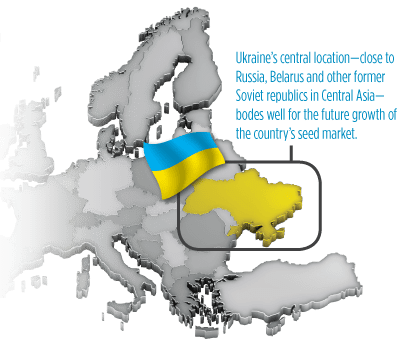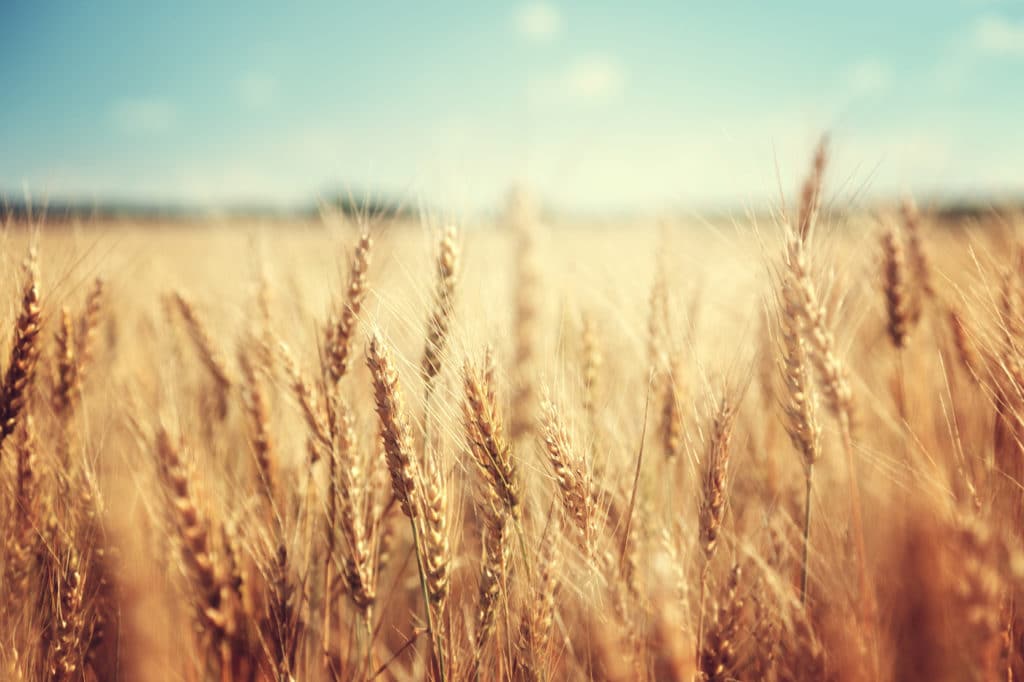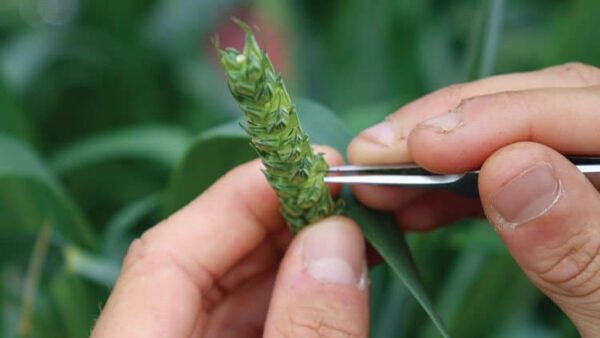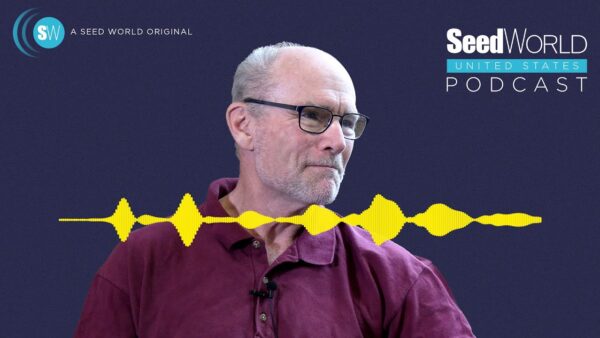Growth in Global Seed Markets
Growing seed corn demand is driving expansion in three key emerging seed markets.
The first years of the new millennium have been heady times for the global seed industry. According to the International Seed Federation, the value of the international seed trade grew from just over $3.5 billion in 2000 to approximately $10 billion in 2010. Accompanying this growth has been a steady rise in the total value of the industry, now pegged at $50 billion by GfK, an international research company. GfK notes that, after six years of double-digit yearly growth, the global seed industry did cool down somewhat in 2011, when the annual growth rate slowed to less than 10 percent, but rebounded in 2012 to 14 percent growth.
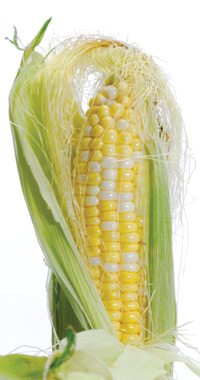
“This expansion to new regions is mostly, at least to my knowledge, in corn,” says Piero Sismondo, director of seed technology and trade for the ISF. He believes higher demand for corn seed and a dwindling supply of land available for seed production in established markets are leading seed companies to look beyond their traditional production base.
As the ranks of seed-producing nations become more crowded, what are the top emerging markets to watch for in 2013? Leading market analyst, Tray Thomas says three countries in particular stand out in terms of domestic seed market growth: Brazil, China and—what may come as a surprise to some—Ukraine.
Founding partner of the Context Network, an agribusiness management and consulting firm based in Des Moines, Iowa, Thomas bases this assertion on the 2012 edition of the Global Seed Market Database, an annual compendium of statistics and information collected from more than 200 sources and reviewed by crop experts from around the world, which was recently sold by the Context Network to GfK.
Brazil
“Right now, the fastest growing market for seed corn is probably Brazil,” says Thomas, adding that it is among the three leading South American nations for seed corn market growth. Argentina and Chile are also growing seed corn markets, and they account for the bulk of counter-season seed production for commercial seed companies in North America.
Thomas says that when these firms are working to introduce new products, “one of the most time-consuming things is getting from the one kernel of seed that has the specific traits that you want, up to the 100,000 bags of seed you want to sell.” Counter-season seed production can greatly speed up this process by enabling more growing seasons per year.
“Brazil has a lot of flexibility to grow multiple crops. They’re beginning to do a lot more double cropping, so they’ll get two crops a year—one of wheat or soybeans, and one of corn.”
— Tray Thomas
“Often companies will be short of inventory for their newest hybrids. … They’ll produce their seed in the Southern Hemisphere so they can get more seed quickly” and in time for the North American season, says Thomas. “There’s a lot of that going on, especially when forecasts are not quite right or you need to expand a product you weren’t ready for. … There’s a whole host of things that can go wrong.”
Bernice Slutsky is head of domestic and international policy for the American Seed Trade Association. She says the flow of seed between North and South America is an important component of the international seed trade.
“Brazil is a very important market,” she says. “The Americas, in general, are very important to the movement of seed with a lot of counter-seasonal production.”
However, Thomas says it’s not counter-season production fueling growth in Brazil, which according to ISF figures boasts the world’s fourth biggest domestic seed market at just over $2.6 billion. There is also growing demand for seed internally as a result of increased agricultural production required to feed Brazil’s burgeoning population and support its export markets.
Thomas cites a shift in farming practices as another factor. “Brazil has a lot of flexibility to grow multiple crops. They’re beginning to do a lot more double cropping, so they’ll get two crops a year—one of wheat or soybeans, and one of corn,” he says. “High prices are expanding their seed market and bringing corn into it. And as the country develops the infrastructure to handle higher volumes, the seed market there is increasing.”
Thomas adds that Brazil’s expanding agricultural land base is another—although less important—factor. “Land is continually being made available in Brazil, although that trend has really slowed. It’s not as significant as it once was.”
According to Sismondo, Brazilian corn production has grown dramatically due to rising demand both domestically and internationally. “If there is market demand, and if you are a country that can fulfill it, you are in a better position than a country that has nothing to sell,” he says, adding that Brazil’s food commodity exports are considered a critical source of hard currency.
Sismondo says the area dedicated to growing corn and corn seed is expanding rapidly to keep pace with demand. “In Brazil, [corn] acreage in 2012 has reached almost 15 million hectares. … This is a huge number since traditionally that country used to grow around 13 million hectares or less,” he says. “The production of [hybrid corn] seed has progressed rapidly from a stable 50,000 to 55,000 hectares to as much as 105,000 to 110,000 hectares.”
Seed companies in Brazil and other emerging markets recognize the strategic importance of growing seed in-country, says Sismondo, which cuts down on transport costs and eliminates the paperwork and lengthy delays that come with importing seed. He adds corn producers are also benefitting from Brazil’s preferred status with one of its leading trade partners, China. “They are supplying a lot of corn and soybeans to China, which is the biggest buyer of these products in the world,” Sismondo says.
China
China produces a huge volume of seed itself. The value of its domestic seed market is pegged by the ISF at slightly more than $9 billion. And in terms of seed production in the world’s most populous country, there’s appears to be no let-up in sight.
Thomas says seed production continues to “expand dramatically” in China, which produces the bulk of its own seed for what is obviously a huge internal market.
“Companies are putting in plants in China. It’s big and it’s growing and it’s getting attention from everywhere,” says Thomas, adding China has become a primary corn market. Unlike the situation in many nations where a few big multinational seed companies might dominate the seed industry, everyone, it seems, is scrambling to secure a foothold in China.
“The Chinese seed industry is so fragmented,” says Thomas. “There’s no Western company that has a significant place there. All the respective players are working in China, but no one has significant presence and no Chine
se company really has significant presence—it’s a scattered and fragmented market.”
For this reason, China is a key market for ASTA. Slutsky says her organization is actively involved in assisting American commercial seed companies that would like to do business in China, pointing to ASTA’s recently signed memorandum of understanding with the China National Seed Trade Association to facilitate “a better working relationship between the two industries and provide business opportunities.”
Sismondo says the thirst for corn is behind much of the growth in China’s domestic seed market. “All the many usages of corn are giving it an advantage, compared to other crops,” he says. “Corn is probably the easiest source of high-quality basic ingredients for food and feed.”
Thomas believes it is growth in middle class population and per capita incomes—not just overall population—that is really driving the expansion in the corn market and corn seed production in China and other emerging markets these days.
“As sad as it may be, another billion people living on a dollar a day does not move the value of corn much. But a tenth of that moving to the middle class will have a significant impact on corn demand,” Thomas says. “That’s for two reasons: one, the volume of food consumed is increased, but more than that, it’s the diet itself—the move to more protein and buying higher quality food and less sustenance living. The more protein that a country wants, the greater the increase in corn use, because the highest use of corn is to feed animals. And as you move from taking a crop and eating it directly to feeding animals and harvesting the animal and the meat, the volume of corn you need to produce goes up.”
Ukraine
According to Sismondo, demand for corn is also rising in Western Europe, where land pressure in traditional seed producing nations such as France and Italy is causing more production to shift eastwards—first to Hungary, then to Romania after it joined the European Union and began attracting attention of corn seed companies. Now, it’s moving even further east.
“Today, the new frontier is Ukraine,” Sismondo says. He says demand is growing for corn seed there due to the rapid expansion of Ukraine’s corn producing area—acres are forecast to increase to five million or even six million hectares from the current 4.5 million, some devoted to hybrid seed.
As a result, Ukraine is starting to emerge from under the radar in seed circles, as evidenced by growing interest from ASTA. Slutsky says Ukraine hasn’t been among her organization’s priority markets for focusing its international efforts, but that could change. “Our members are telling us that they think the Ukraine … is going to be a growth market. So we’re in the process of re-evaluating that.”
Thomas agrees Ukraine is definitely a market to watch. He says the country has imported much of its seed from Hungary, Romania and other Eastern European neighbours in the past, but more and more seed production plants are being built there. According to Sismondo, most of this production is for internal or neighboring markets, although some seed is being exported to Western Europe.
Sismondo believes Ukraine’s central location—close to Russia, Belarus and other former Soviet republics in Central Asia—bodes well for the future growth of the country’s seed market. That and other factors such as the switch to more modern genetics and more hybrid crops are making Ukraine more attractive to seed companies, he says.
Thomas maintains the increasing westernization and technological development of Ukraine is at least partially responsible for the shift from open-pollinated to hybrid crops with proven agronomic benefits, which increases the need for seed. “When the demand for seed goes up, then seed production needs to go up to match that,” he says.
According to Thomas, circumstances in Ukraine are shared by many other developing nations, where the confluence of such factors as rising affluence, higher commodity prices, growing concerns over food security, quick adoption of crop technologies like hybrid seed and the widespread acceptance of novel traits create fertile ground for growth in domestic seed production.
“As markets develop and systems are put in place, and as people get educated and prices go up, you move to a hybrid market,” he says. “Every acre that moves from open-pollinated to hybrid is a brand-new seed sale, so across the world as countries move from open-pollinated [and] self-sufficiency-driven production to the use of hybrids, you have an increase in seed markets and also significant increases in yield and economic benefit for the countries that are growing them and for the individual farms.”
Slutsky says in addition to hybrid seed, all of the technologies surrounding plant breeding have evolved greatly in recent years—and it’s not just mature markets like the United States and Europe leading the innovation efforts.
“Seed is not what it used to be,” she says. “Brazil and China are both perfect examples of their governments [putting] a lot of money toward increasing the sophistication of breeding.”
Mark Halsall
AFRICATray Thomas of the Context Network, a U.S.-based market research firm, identifies Africa as another area of the world experiencing seed production growth. But he cautions that as a investment market for commercial seed companies, Africa still has far to go before it can compete with Brazil, China, Ukraine and other emerging markets. “Africa is growing, but it’s one that 20 years from now could be a great market. But at the moment, it’s just a complicated place to do business,” he says. “There’s really not the infrastructure. … And until you have truly stable economies and political regimes, it’s hard for any industry to really develop dramatically. And that’s an issue in most places in Africa.” |



